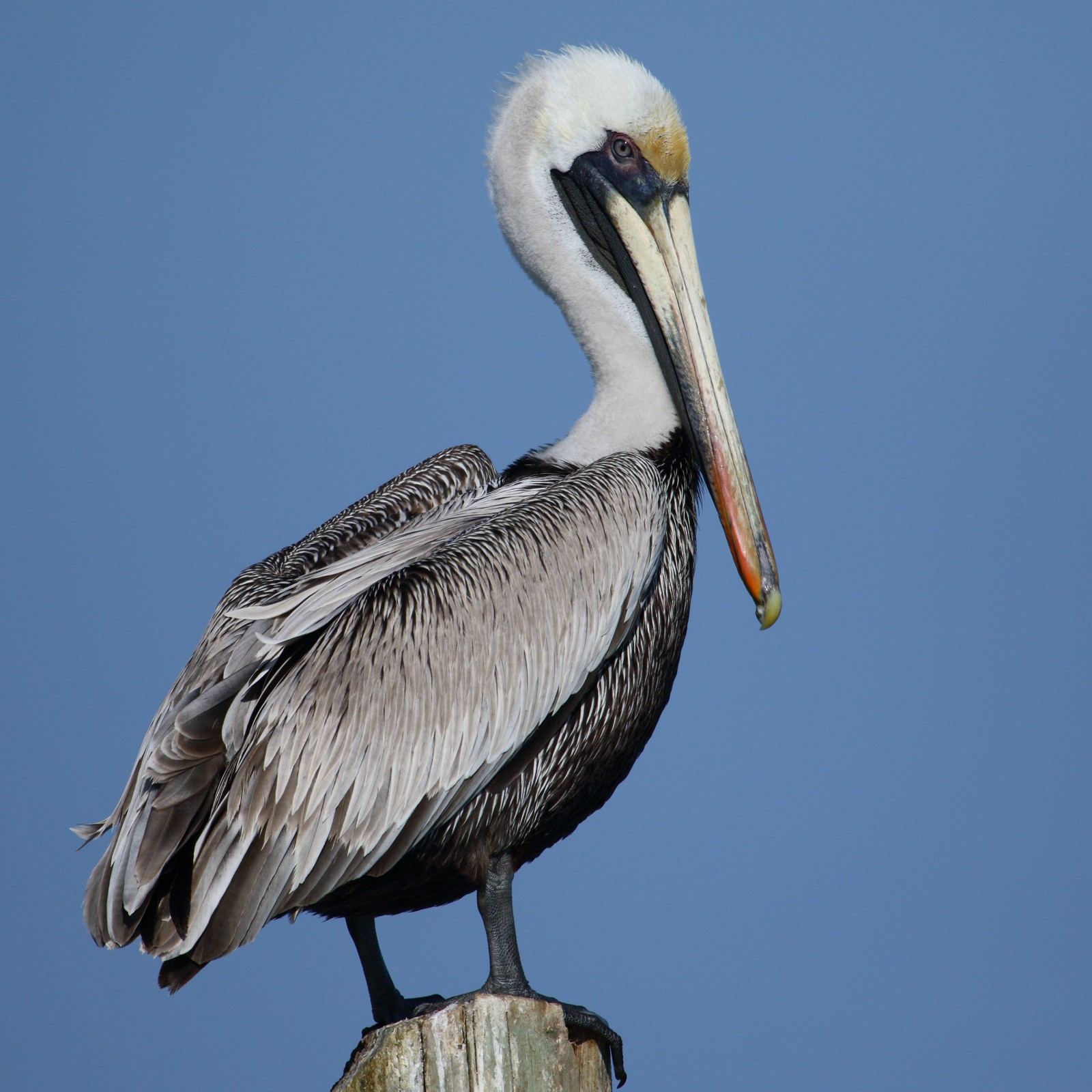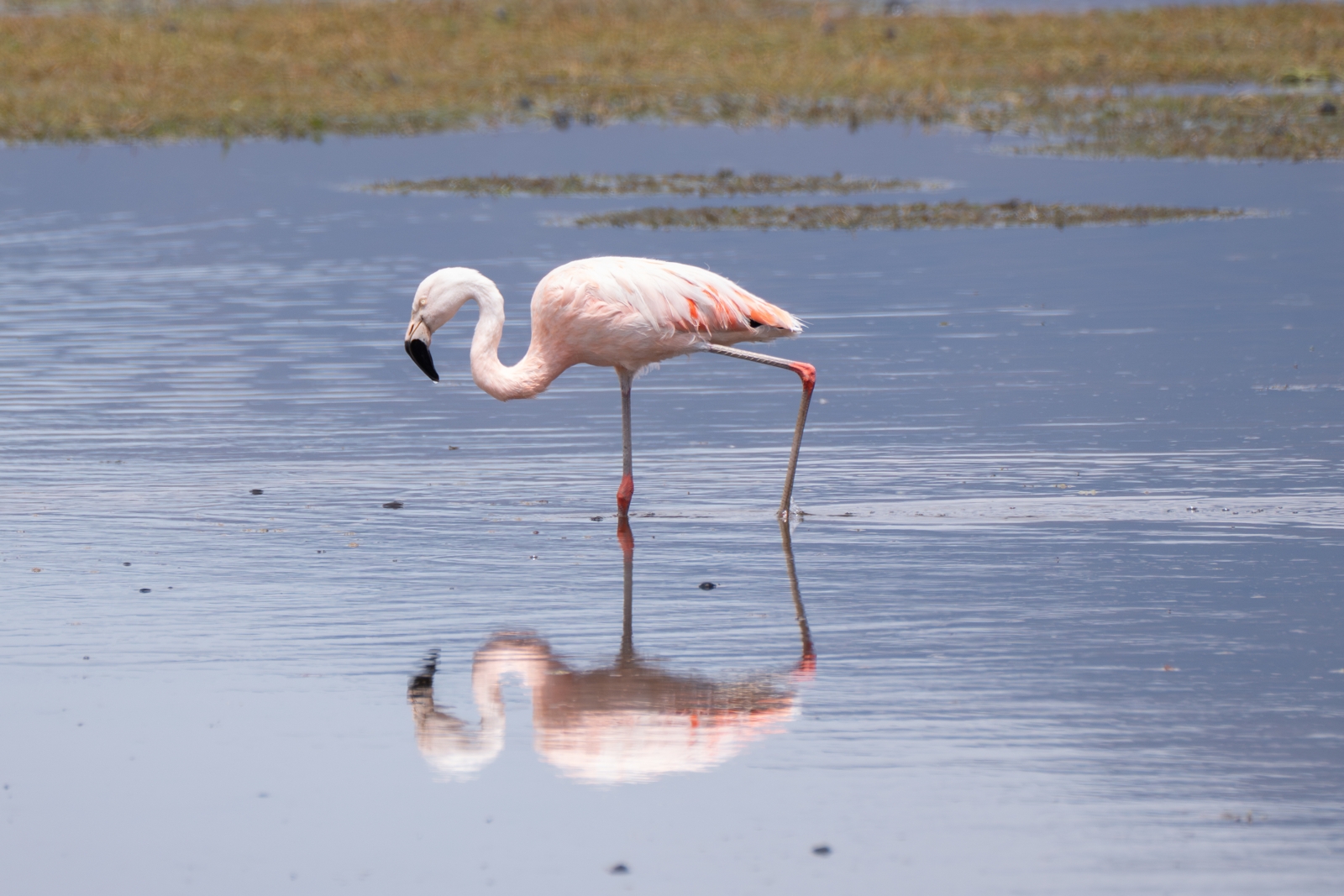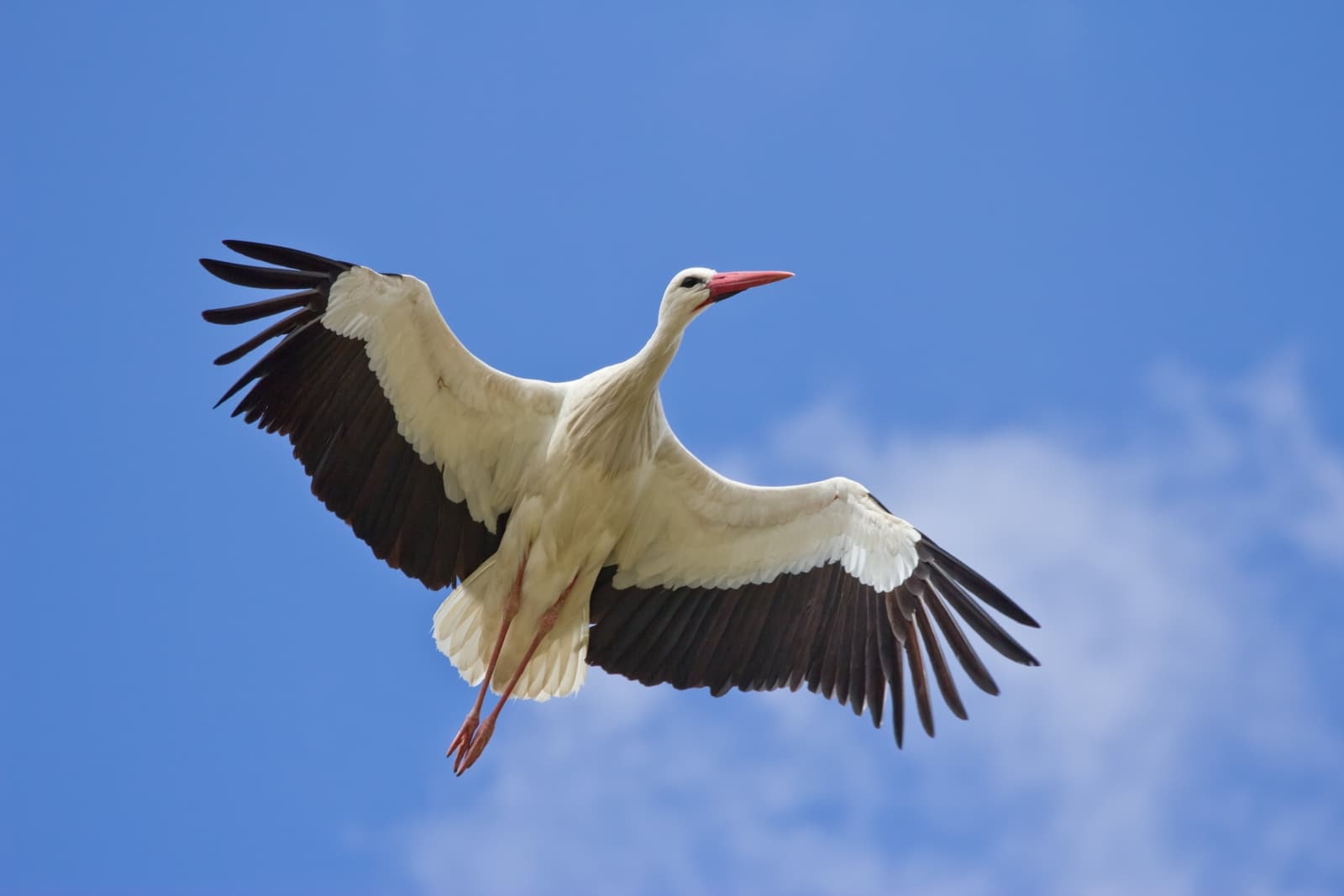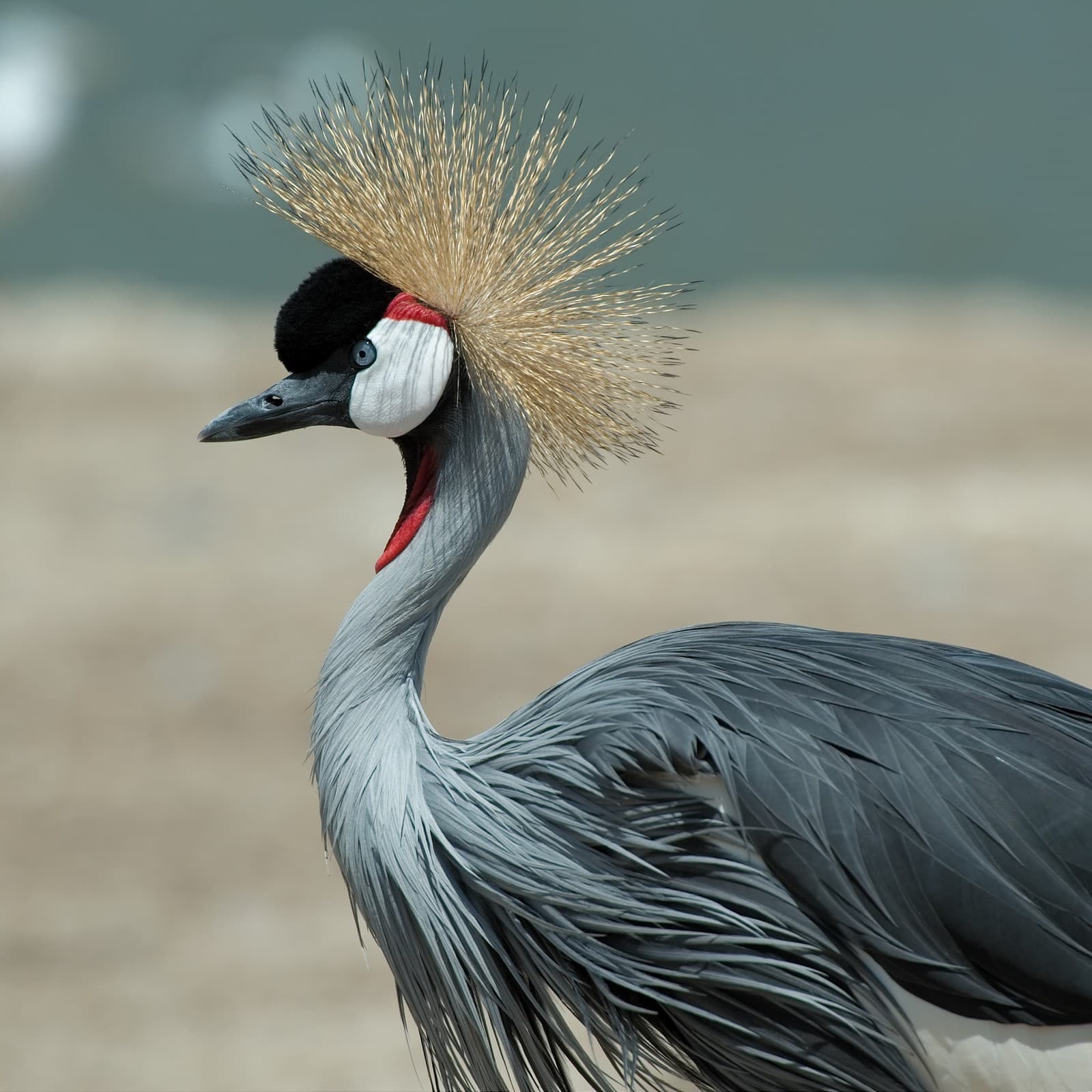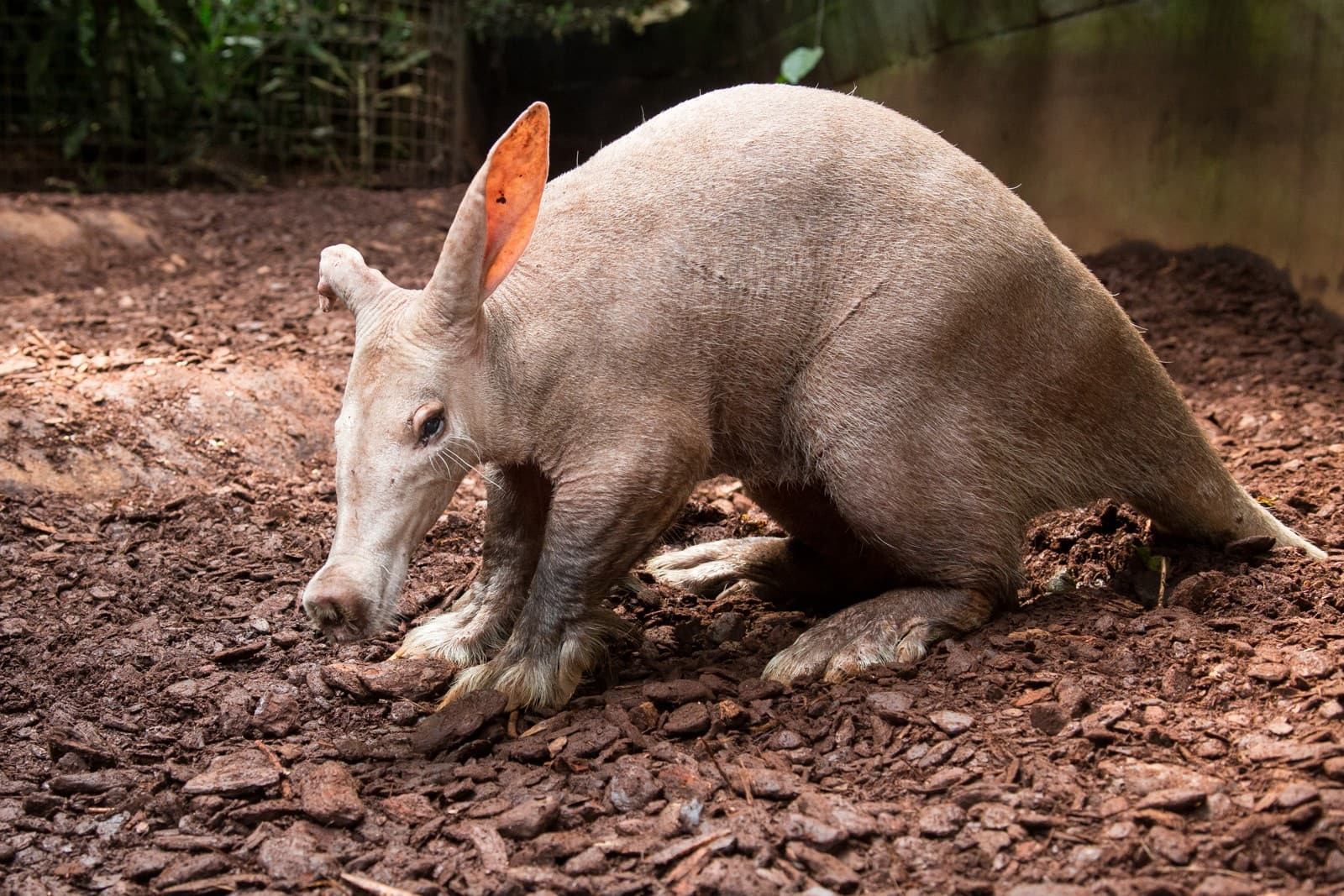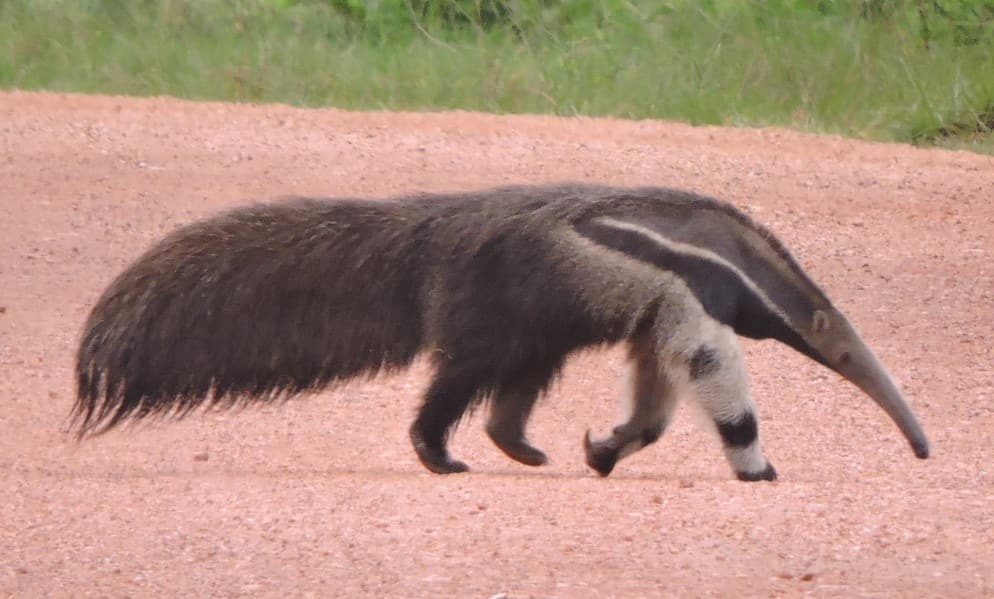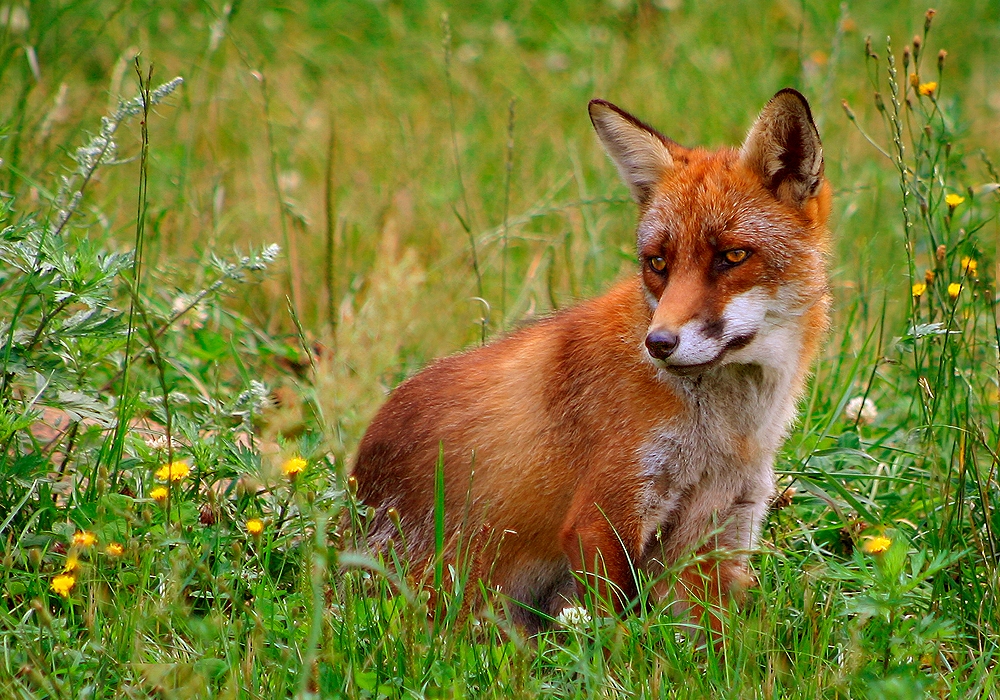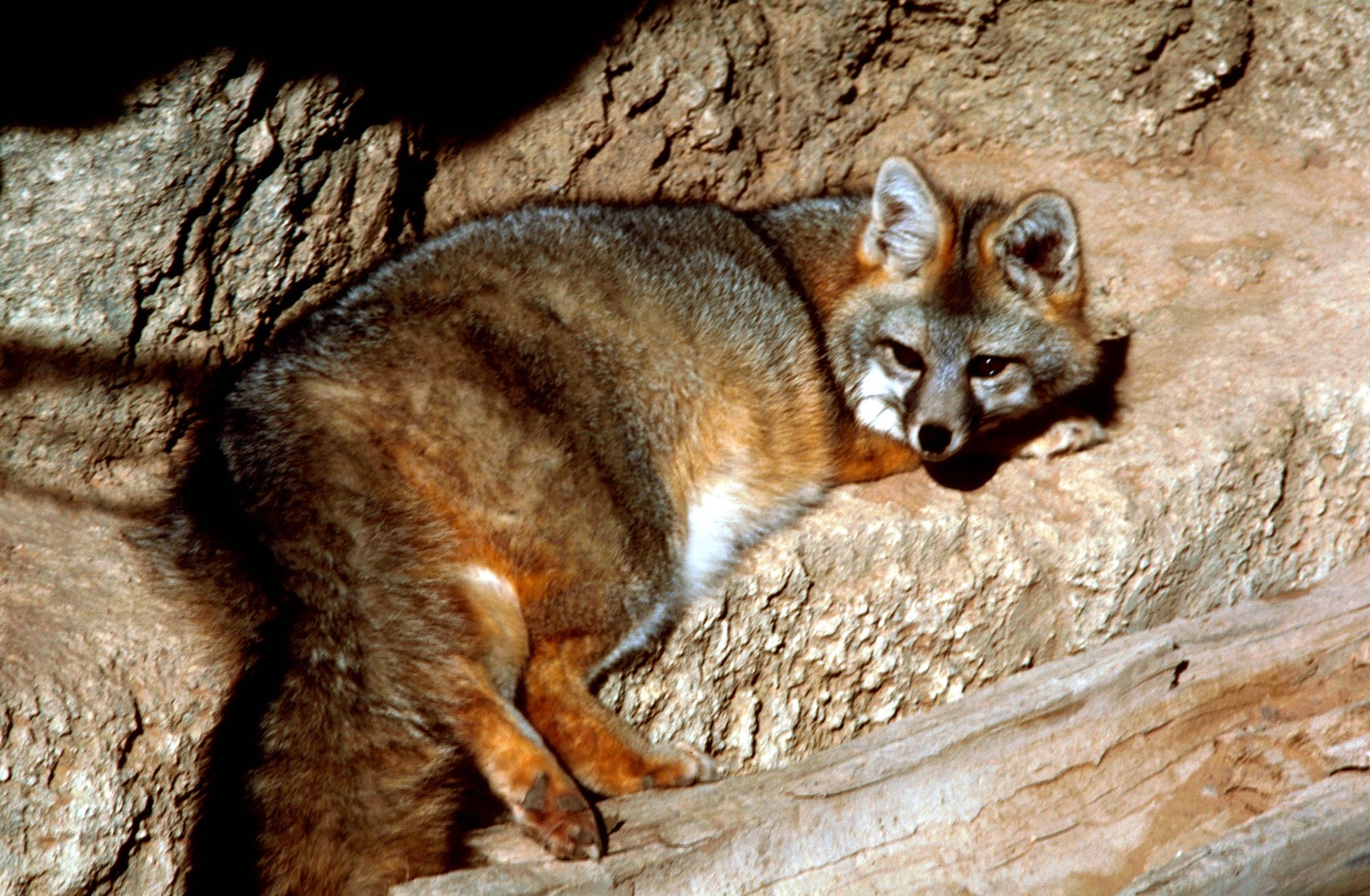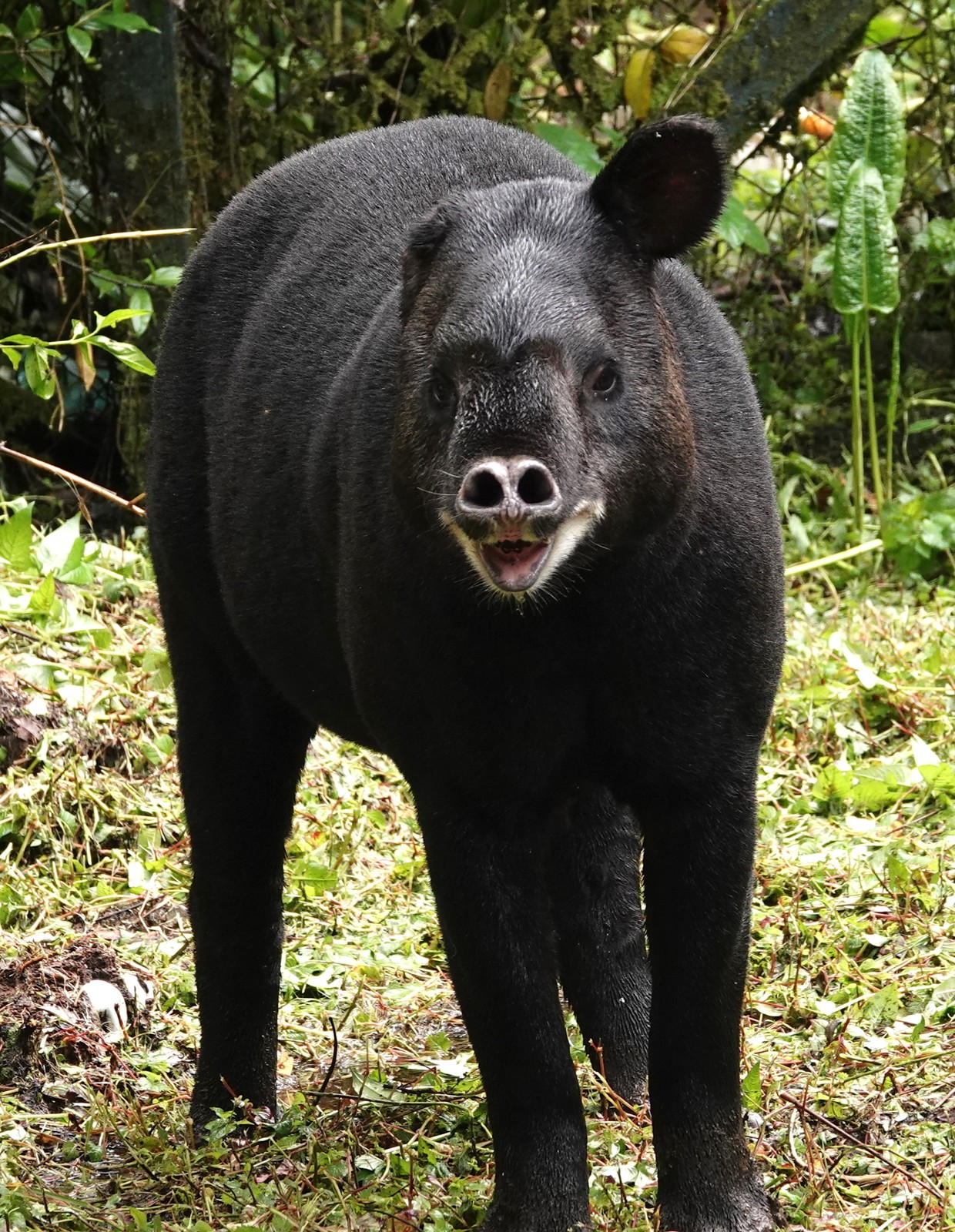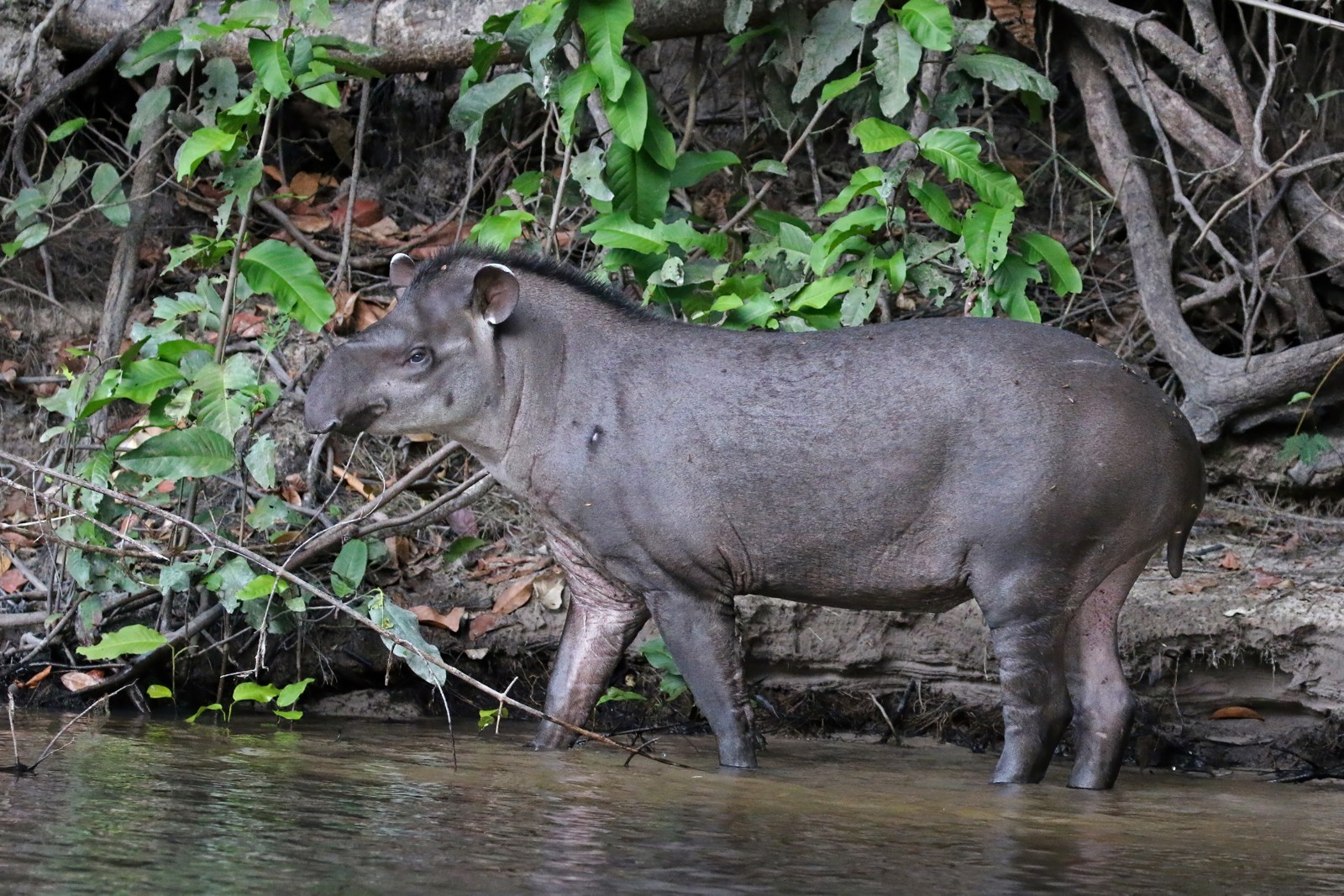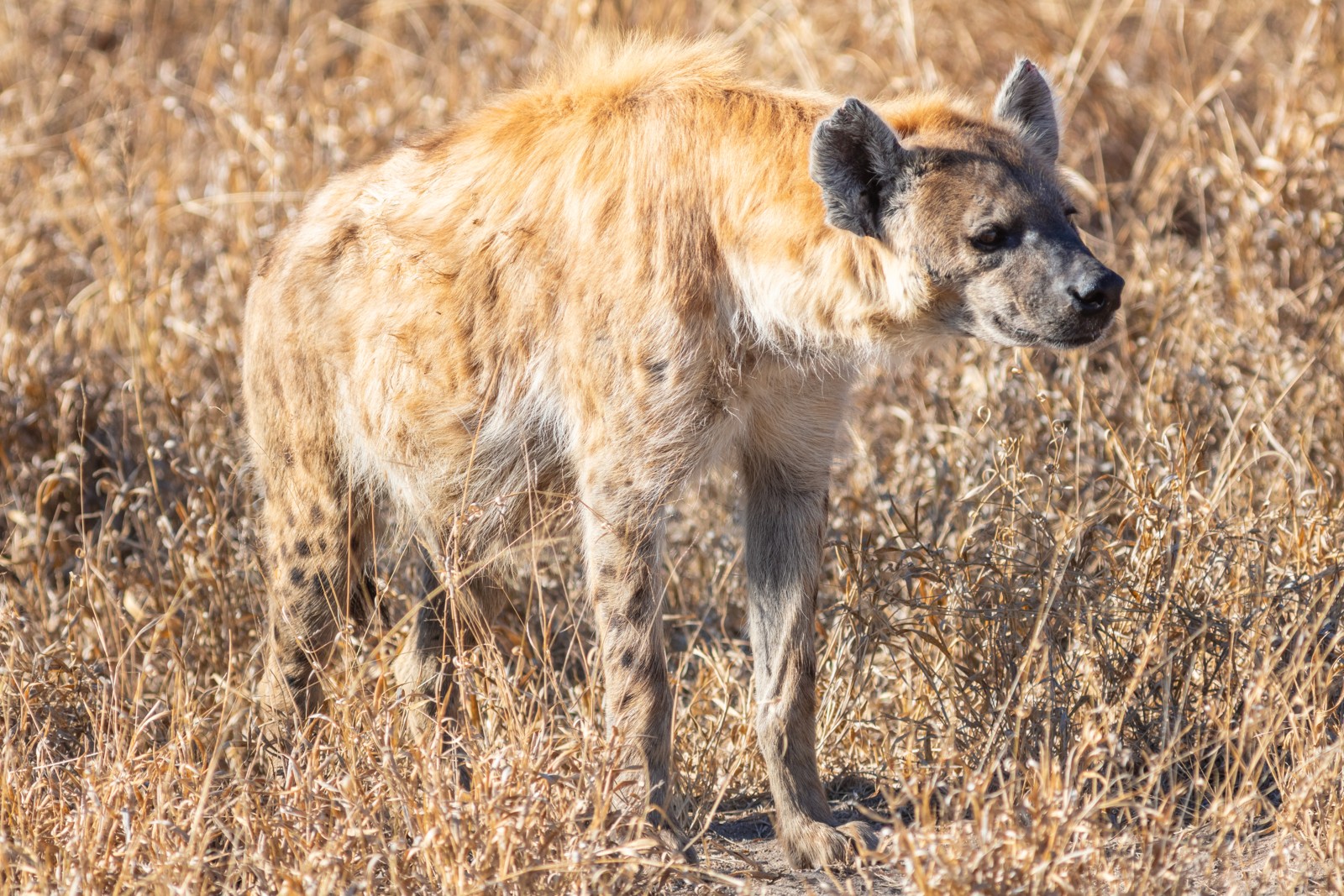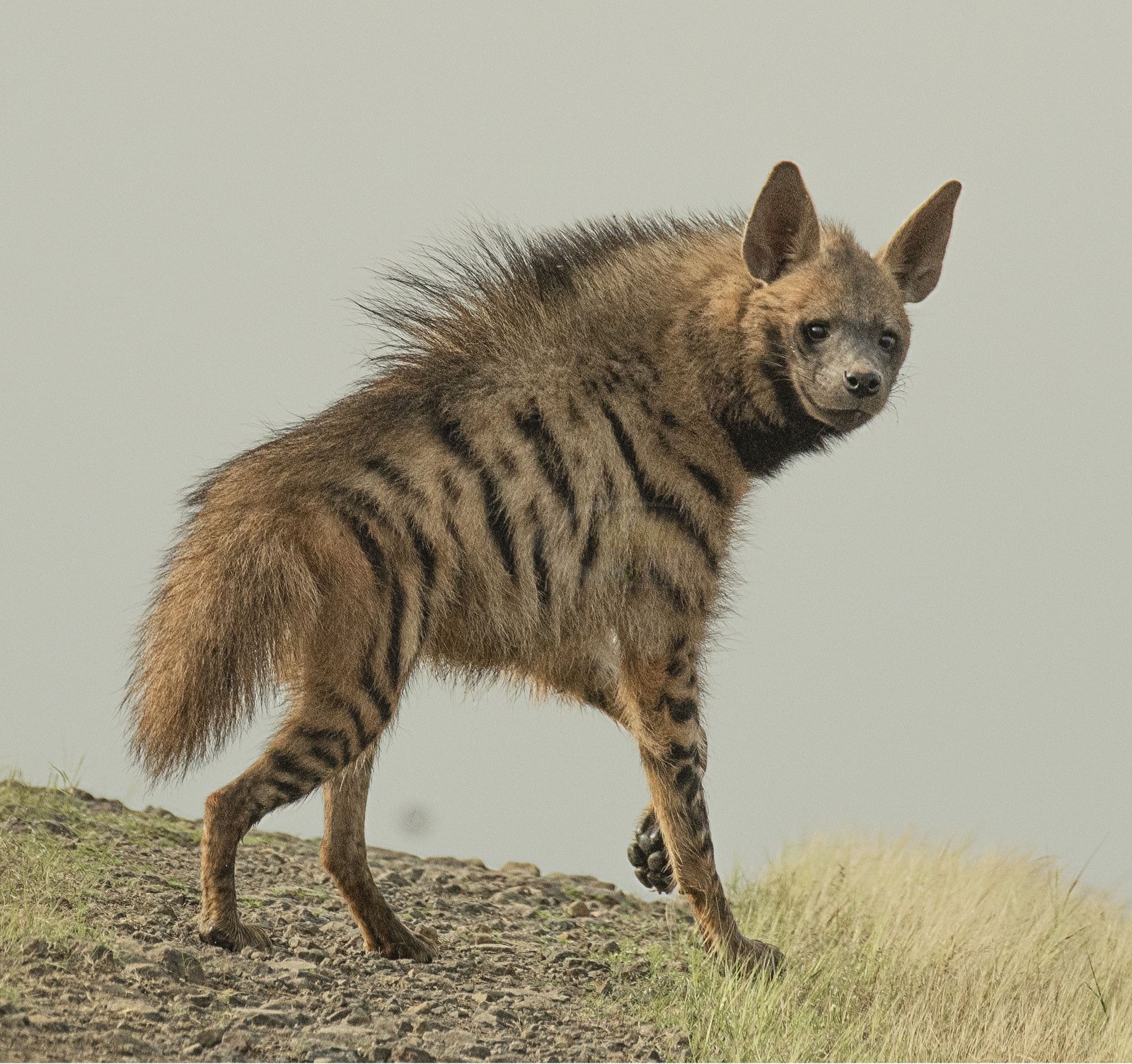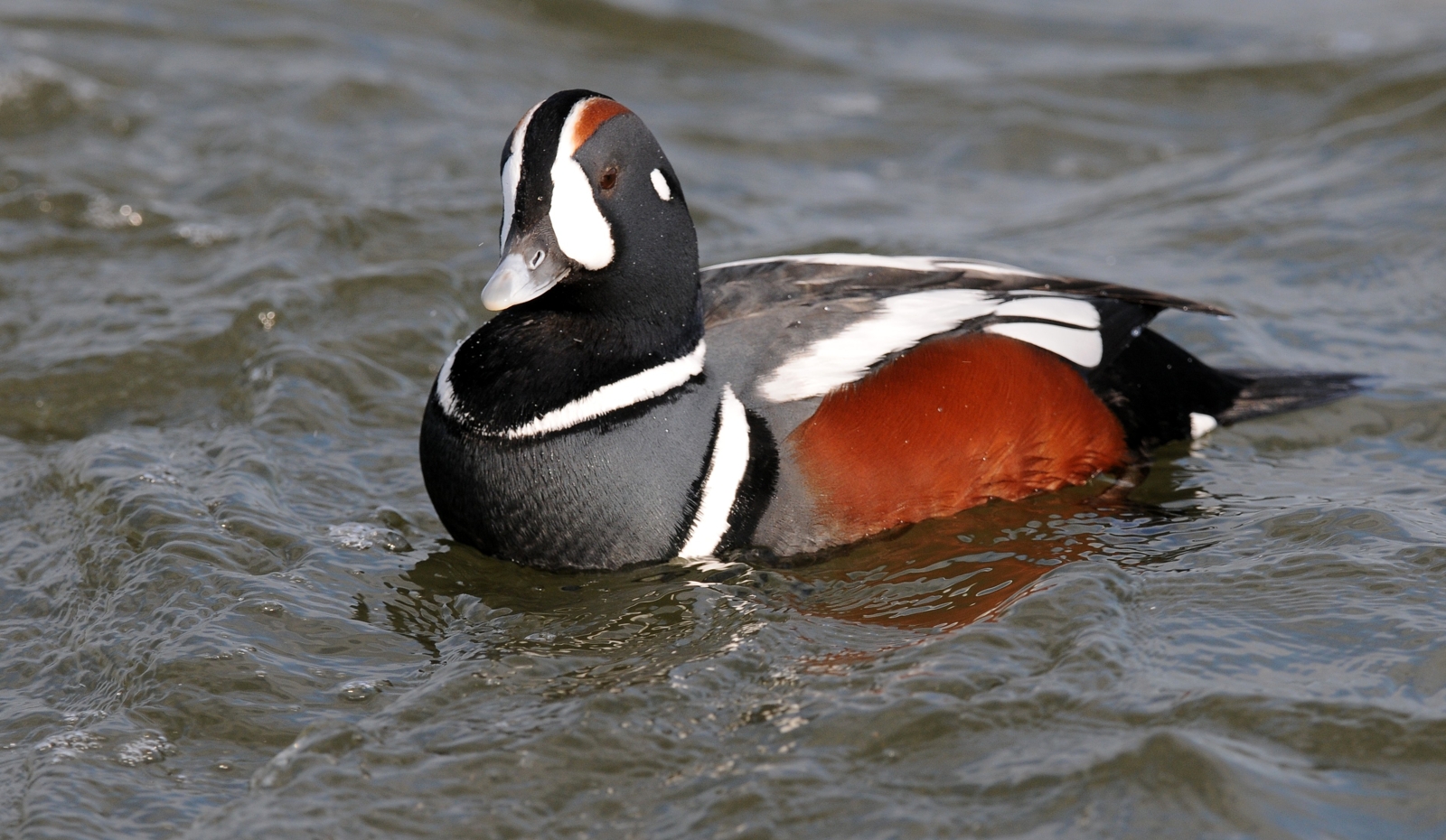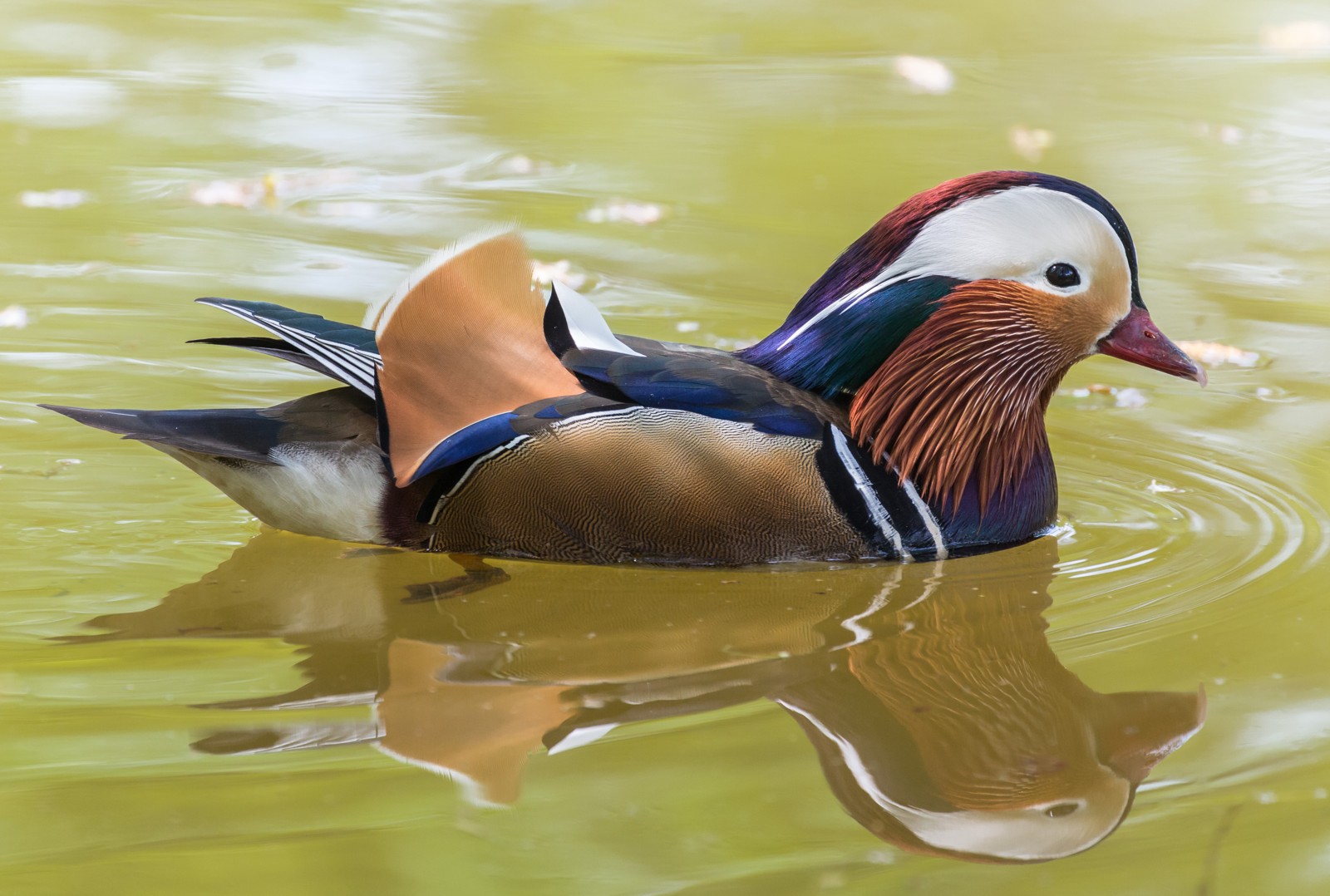Flamingo vs Stork: A Complete Comparison
While flamingos and storks may both be long-legged wading birds, these remarkable creatures possess distinct characteristics that set them apart. Flamingos are immediately recognizable by their vibrant pink coloration and unique curved beaks, while storks display a more traditional straight beak and typically sport black and white plumage. The average flamingo stands 4.6 feet (1.4 meters) tall, compared to the white stork’s impressive height of 3.9 feet (1.2 meters).
These distinctive wading birds have evolved different feeding strategies and habitat preferences that showcase nature’s remarkable diversity. Let’s explore the key differences between flamingos and storks, from their specialized anatomical features to their fascinating behavioral patterns.
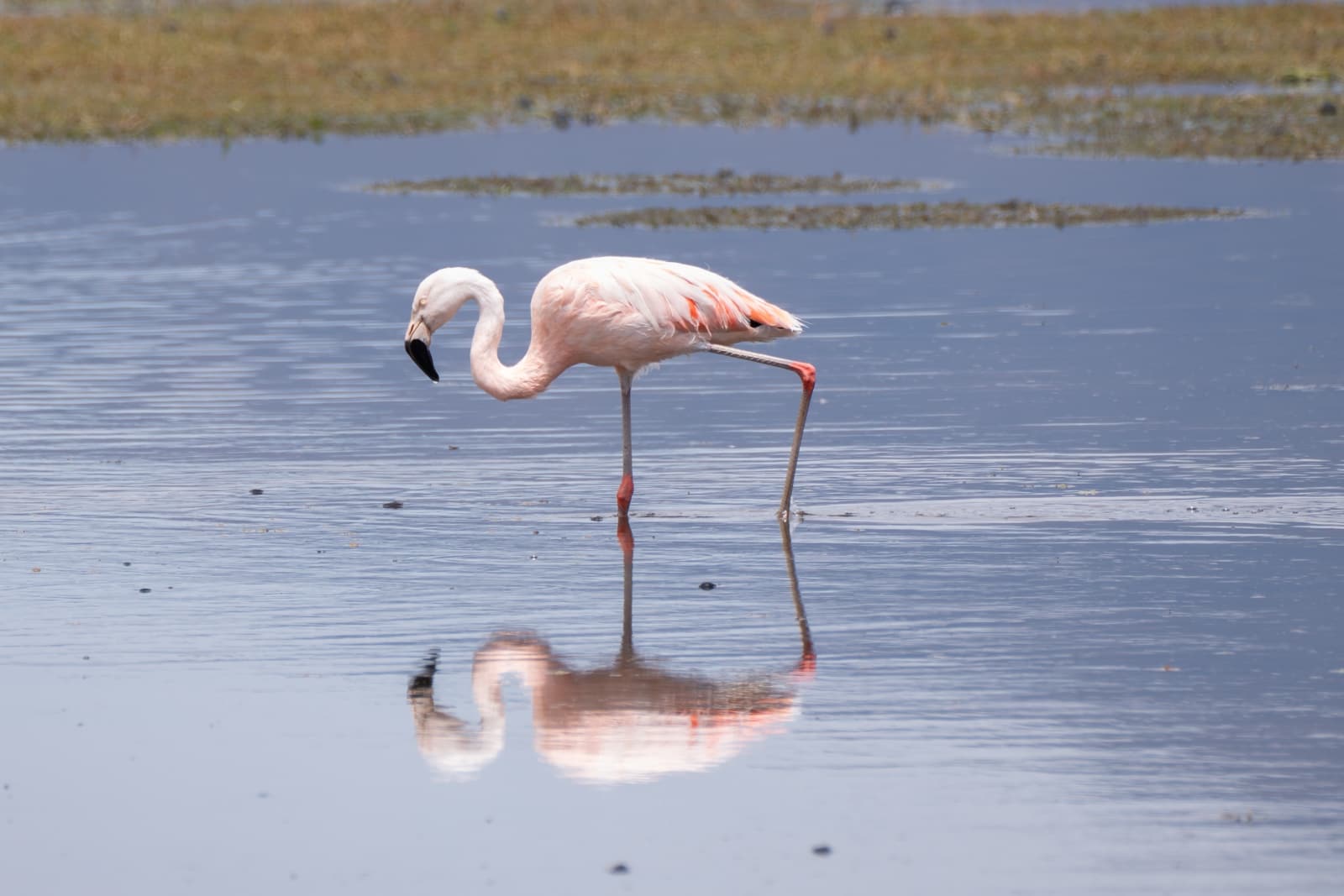
© Satdeep Gill / CC BY-SA 4.0
The flamingo’s distinctive feeding posture and specialized beak allow it to filter tiny organisms from shallow waters, showcasing its unique adaptation to its ecological niche.
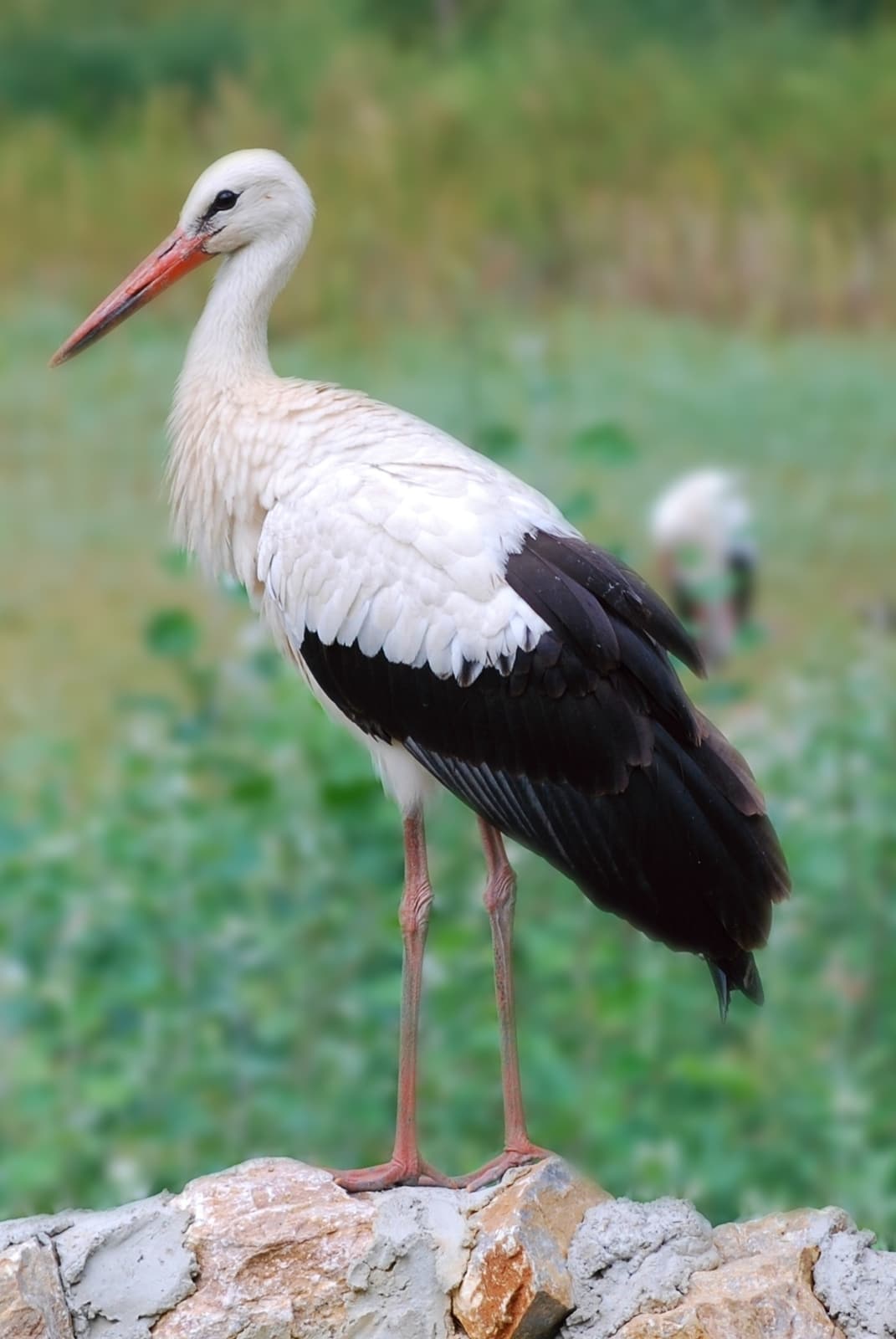
© Dcabrilo / CC BY-SA 3.0
The white stork exhibits the classic features of its species, including the distinctive black and white plumage and powerful straight beak adapted for catching prey.
Key Differences: Flamingo vs Stork
| Feature | Flamingo | Stork |
|---|---|---|
| Height | 4.6 feet (1.4 m) | 3.9 feet (1.2 m) |
| Weight | 4.4-9 lbs (2-4 kg) | 7.7-10 lbs (3.5-4.5 kg) |
| Beak Shape | Curved, filter-feeding | Straight, pointed |
| Diet | Algae, small crustaceans | Fish, amphibians, insects |
| Coloration | Pink to red | Black and white (most species) |
| Habitat | Shallow lakes, lagoons | Wetlands, grasslands, urban areas |
Habitat and Distribution
Flamingos thrive in shallow, alkaline or saline lakes, where their specialized feeding apparatus can filter tiny organisms from the water. These environments often support the growth of algae and small crustaceans that give flamingos their characteristic pink coloration. In contrast, storks adapt to a broader range of habitats, from wetlands to urban areas, often nesting on buildings and other human structures.
Feeding Behavior and Diet
The most striking difference between flamingos and storks lies in their feeding strategies. Flamingos are filter feeders, using their uniquely shaped bills to strain tiny organisms from the water. Their heads are positioned upside down while feeding, allowing their specialized beaks to function effectively. Storks, however, are active hunters that use their straight, pointed beaks to catch and consume larger prey, including fish, frogs, and even small mammals.
Social Structure and Breeding
Both species exhibit fascinating social behaviors, but their approaches differ significantly. Flamingos are highly social birds, often gathering in massive colonies of thousands of individuals. They perform synchronized courtship displays and typically lay a single egg on a mud mound. Storks, while also social, tend to form smaller breeding colonies and are known for their remarkable nest fidelity, often returning to the same nest site year after year.
Flight Patterns and Migration
While both birds are capable of long-distance flight, their migration patterns vary considerably. Storks are renowned for their impressive soaring ability, using thermal currents to travel vast distances with minimal energy expenditure. They often migrate in large groups, creating spectacular aerial displays. Flamingos, while also migratory, typically move shorter distances in response to changing water levels and food availability in their preferred habitats.
Conservation Status and Threats
Both flamingos and storks face challenges in the modern world, primarily due to habitat loss and environmental degradation. Flamingos are particularly vulnerable to changes in their specialized habitats, while storks have shown remarkable adaptability to human presence, though they still face threats from agricultural intensification and urban development.
Through this detailed comparison of flamingos and storks, we can appreciate how these magnificent wading birds have evolved different strategies to thrive in their respective niches, contributing to the remarkable diversity of our planet’s avian life.
